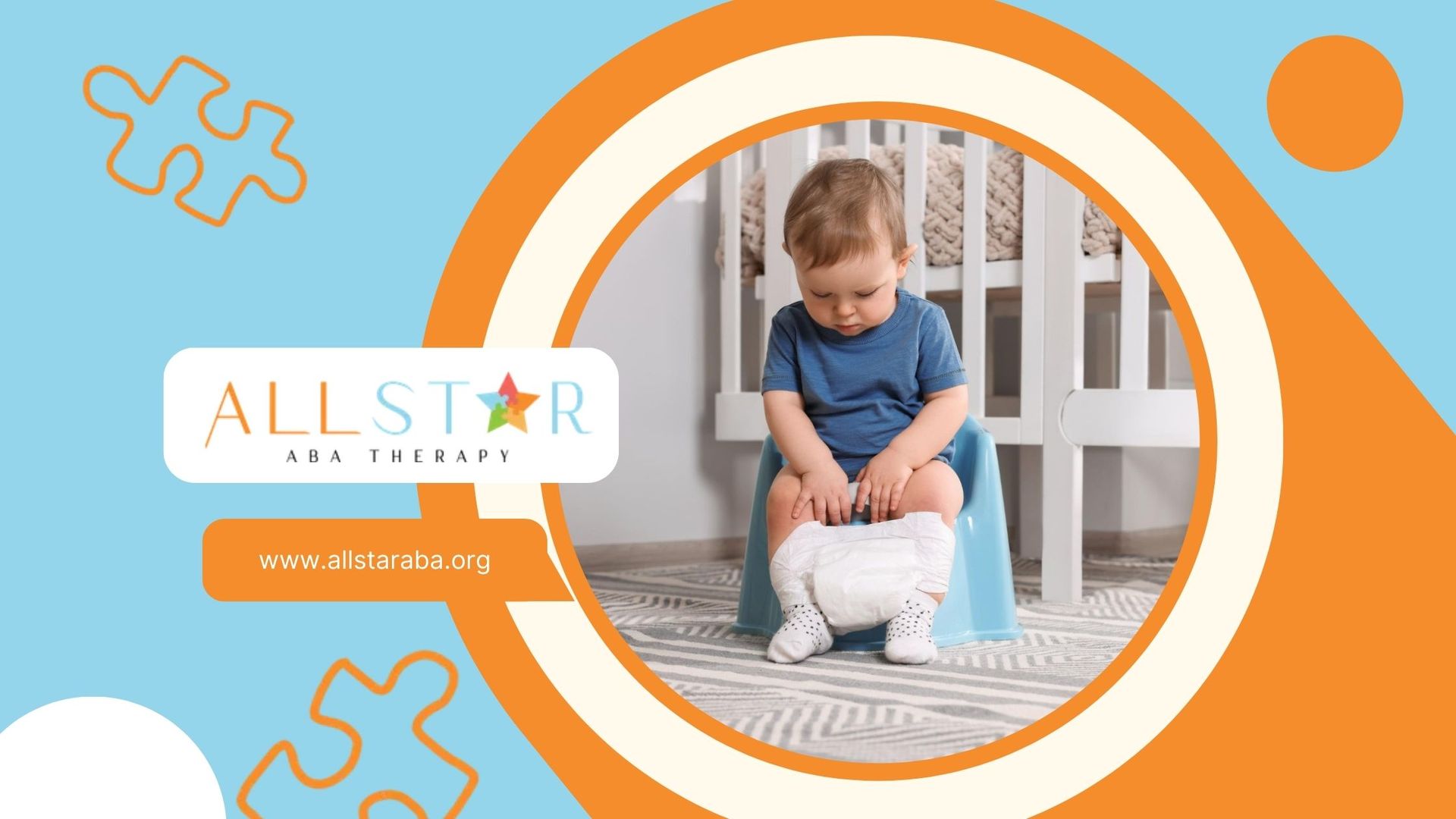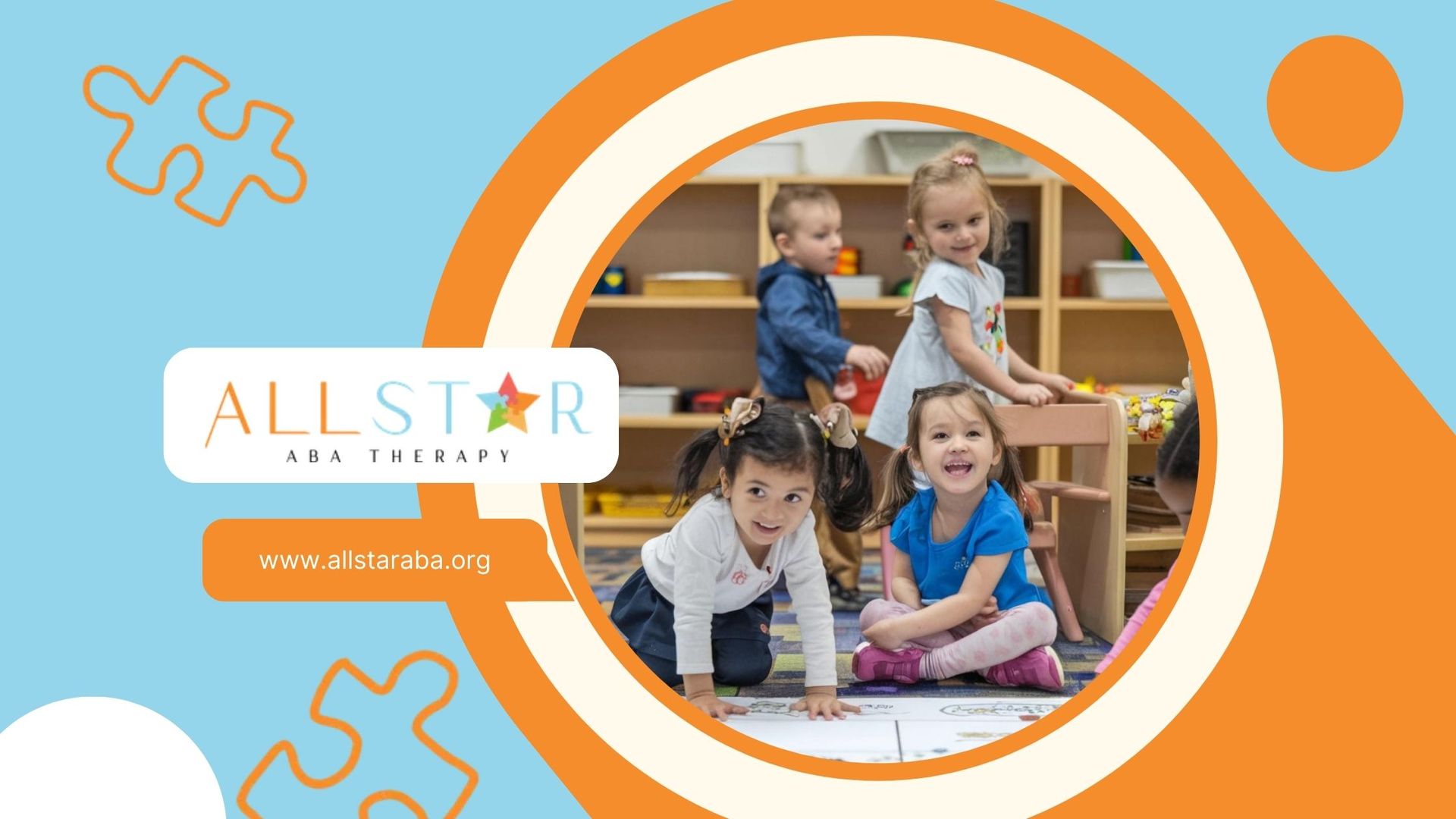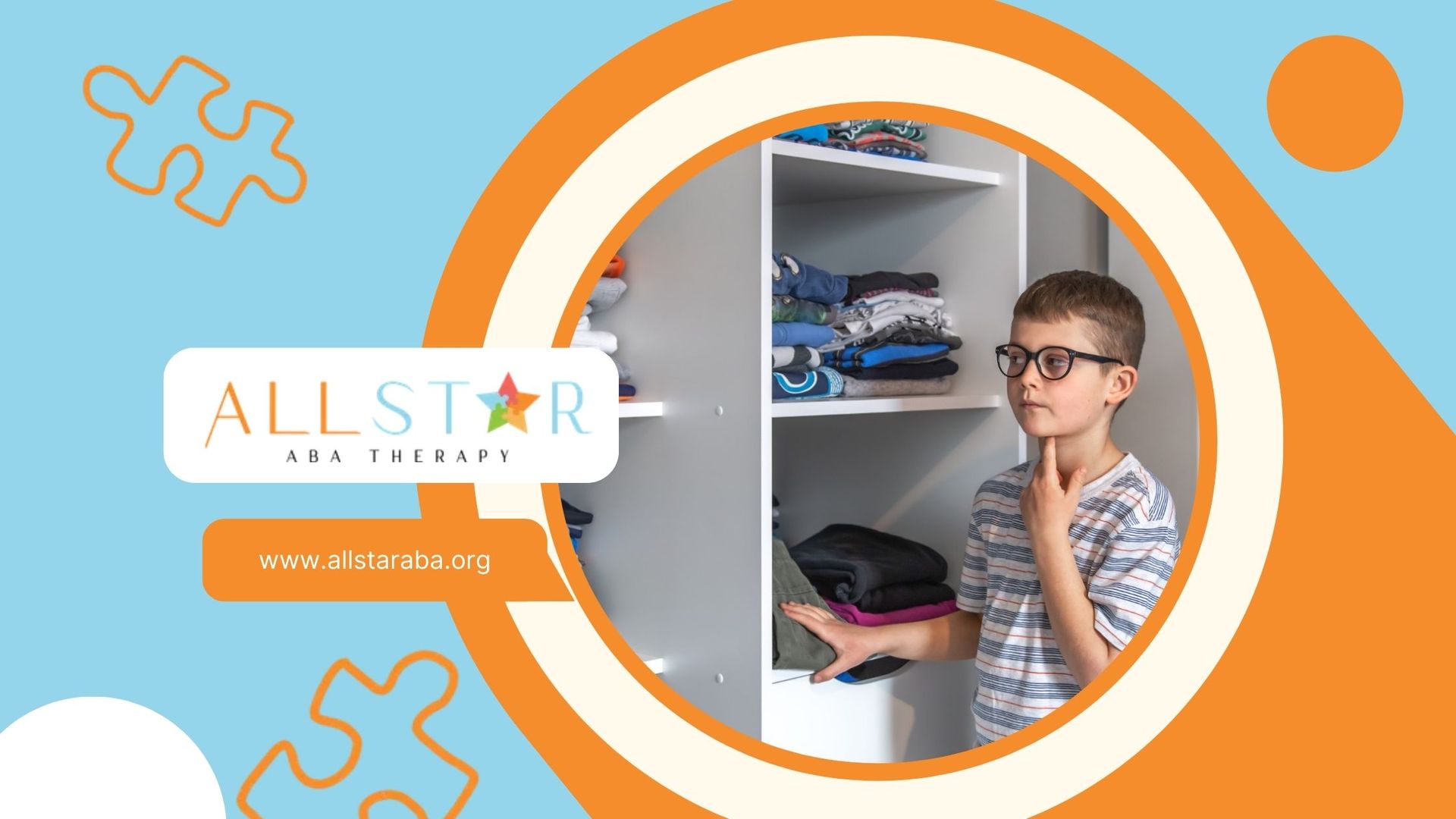New Paragraph
What is the Picture Exchange Communication System?
The Picture Exchange Communication System (PECS) stands out as an effective alternative communication system for individuals struggling with verbal behavior and communication.
Unlike traditional methods that often rely on prompting, PECS empowers individuals to initiate communication independently using picture symbols. This approach opens up a world of possibilities, enabling individuals to express their needs, desires, and thoughts in a clear and accessible manner.
What is the Picture Exchange Communication System (PECS)?
The Picture Exchange Communication System (PECS) is a visual communication method used to assist individuals with communication challenges. It involves using pictures or symbols to express needs and wants. PECS is commonly employed in speech therapy and special education settings.
The Basics of PECS and Its Role in Communication
For individuals with communication difficulties, the ability to express themselves effectively can be a significant hurdle, impacting social skills and interactions. PECS steps in as a beacon of hope, providing a visual pathway for communication. It's not merely about handing over a picture; it's about empowering individuals to engage in independent expressive communication.
This approach acknowledges that communication is a two-way street. PECS training equips individuals with the tools to initiate these exchanges, leading to more fulfilling and independent interactions. Imagine a child who previously struggled to express their need for a break.
With PECS, they can confidently hand over a picture card depicting a break area, effectively communicating their need and taking control of their environment. These seemingly small victories lay the foundation for increased confidence and independence.
The Historical Development of PECS
The history of PECS can be traced back to 1985, born out of the innovative Delaware Autism Program. Lori Frost, a speech-language pathologist, and Dr. Andrew Bondy, a behavioral psychologist, joined forces to develop a communication system that extended beyond traditional verbal methods.
Recognizing the need for a system that prioritized independent communication, Frost and Bondy set out on a journey that would revolutionize the field. Their collaborative efforts led to the creation of PECS, a system initially targeted towards young children with autism spectrum disorders.
Pyramid Educational Consultants, the driving force behind PECS dissemination, recognized its potential and played a pivotal role in sharing it with the world.
Over time, PECS gained recognition, not just as another communication system, but as a powerful tool capable of unlocking communication potential in individuals across different diagnoses and age groups.
The Significance of PECS in Autism Therapy
For individuals on the autism spectrum, navigating the world of communication can present unique challenges. PECS has emerged as a cornerstone in autism therapy, addressing the diverse communication needs associated with autism spectrum disorders.
How PECS Supports Non-Verbal Children with Autism
Picture this: a non-verbal child with autism yearns to express their desire for a toy but lacks the verbal skills to do so. Frustration mounts, potentially leading to challenging behaviors. This scenario, unfortunately, familiar to many families, highlights the urgent need for effective communication strategies within autism therapy. This is where PECS emerges as a beacon of hope for non-verbal children with autism.
PECS bypasses the need for spoken words, providing a visual outlet for expression. Instead of relying on often-difficult verbal communication, these children learn to communicate their wants and needs by exchanging picture cards, effectively bridging the communication gap.
The beauty of PECS lies in its ability to empower. When non-verbal children successfully communicate using PECS, they experience a sense of control and agency over their environment. This newfound ability to express themselves effectively fosters a more positive and fulfilling interaction with the world around them.
PECS vs. Other Communication Methods
Choosing the right alternative communication system can be a daunting task. While PECS has gained significant traction, it's essential to consider its strengths in relation to other communication methods, such as sign language or tech-based language intervention.
One key advantage of PECS is its visual nature. Picture symbols are generally easier to understand, making them accessible to a wider range of individuals, especially those who may find sign language challenging.
Here's a breakdown of PECS's strengths:
- Visual clarity: The use of picture symbols promotes easier comprehension compared to abstract signs.
- Independence: PECS emphasizes initiating communication, fostering independence rather than relying on prompts.
- Low-tech accessibility: Unlike high-tech options, PECS requires minimal materials, enhancing portability and affordability.
While technology plays a significant role in augmentative communication, PECS offers a valuable low-tech alternative. Its focus on independent communication and visual clarity makes it a powerful tool, particularly in the early stages of communication development.
Implementing PECS in Applied Behavior Analysis (ABA) Therapy
Implementing the PECS in Applied Behavior Analysis (ABA) therapy involves utilizing visual aids like picture cards or communication books to enhance communication skills for individuals with communication difficulties.
The Six Phases of PECS Implementation
Imagine a staircase leading to fluent communication, each step meticulously crafted to build upon the previous one. This image perfectly encapsulates the six phases of PECS implementation.
Recognizing that learning to communicate is a journey, not a race, PECS breaks down the process into manageable steps, catering to individual learning paces and expressive communication limitations. The journey begins with initial communication, a simple exchange of a picture for a desired item. As the individual progresses, the complexity subtly increases.
- Phase I: Teaching the learner to exchange a single picture for a desired item.
- Phase II: Increasing spontaneity and generalizing picture exchange across various people, places, and distances.
- Phase III: Teaching picture discrimination, enabling the learner to choose from multiple pictures to communicate their specific wants and needs.
- Phase IV: Introducing sentence structure by combining an "I want" picture with a picture of the desired item.
- Phase V: Teaching the learner to respond to the question "What do you want?" using PECS.
- Phase VI: Expanding communication to include commenting and responding to a wider range of questions and social situations.
Through this systematic approach, individuals with communication difficulties, particularly those with limited initial communication skills, gradually develop a robust picture communication system.
Tips for Successfully Integrating PECS at Home and in Therapy
Integrating PECS effectively requires a collaborative effort. It's not just about ABA therapists using PECS during sessions; it's about creating a consistent communication environment across settings. Family members play a crucial role, and luckily, they don't need special training to become PECS champions.
Start by creating a PECS-friendly zone. Designate a specific area where PECS materials, such as picture cards and communication books, are easily accessible. Encourage the use of PECS throughout the day by incorporating it into routines like mealtimes, playtime, and bedtime. Visual prompts and related learning materials can be strategically placed around the house as gentle reminders to utilize PECS.
Remember, consistency is key! By working together and weaving PECS into the fabric of daily life, both therapists and families can create a communication haven that empowers individuals to express themselves with confidence.
The Impact of PECS on Family Dynamics
The introduction of PECS often leads to a profound shift in family dynamics, transforming the way families connect and interact. When a child, previously restricted by communication barriers, begins expressing themselves through PECS, it opens a window into their world, facilitating more meaningful communication exchanges.
This newfound ability to connect on a deeper level can be incredibly powerful. It breaks down walls of frustration, replacing them with bridges of understanding, empathy, and shared joy, ultimately strengthening bonds within the family unit.
Strengthening Bonds Through Improved Communication
Imagine a child yearning to express their love for a parent but lacking the verbal words to do so. This scenario, heartbreaking yet all too common, sheds light on the invisible barriers that can impact family relationships. PECS steps in, not to replace verbal words, but to bridge the gap, allowing love, affection, and appreciation to flow freely through the power of pictures.
As social skills blossom through successful communication, a ripple effect extends to family dynamics. Frustration often associated with misunderstood communication lessens, replaced by an increased sense of connection and shared understanding. The child feels heard, while family members feel a profound sense of fulfillment as they witness their loved ones thriving.
This newfound ability to connect on a deeper level strengthens bonds in a way that words often can't express. The joy of shared moments, the comfort of knowing someone understands your needs, and the ability to actively participate in family life become a reality, transforming not just communication, but the very essence of family relationships.
Addressing Challenges and Celebrating Successes with PECS
As with any learning journey, implementing PECS may come with its share of challenges. Some individuals may resist this new form of communication, particularly if they've developed a negative emotional history associated with communication attempts. Patience, understanding, and a commitment to celebrating successes, no matter how small, are crucial for navigating these hurdles.
One big challenge often lies in shifting from a prompt-dependent communication style to a more independent approach. Remember, consistency is key. By consistently reinforcing PECS usage and making it an integral part of daily routines, individuals gradually embrace this new communication method.
Celebrating successes, no matter how incremental, is paramount. Each picture exchange, each attempt to communicate, deserves recognition and praise. These small victories fuel motivation and pave the path toward communication independence.
Conclusion
In conclusion, the Picture Exchange Communication System (PECS) stands as a powerful tool in aiding communication, especially for non-verbal individuals with autism. Its impact extends beyond therapy sessions, fostering stronger family bonds and celebrating milestones together. By integrating PECS into everyday routines, families can overcome challenges and embrace successes, creating a supportive environment for growth.
At All Star ABA, we believe in the power of tailored communication strategies like PECS to enhance the lives of those we serve. Our team is dedicated to providing comprehensive support to help autistic individuals master this system and unlock their full potential. If you're looking for a partner in your journey toward better communication, reach out to us at All Star ABA—we're here to help you every step of the way.
Frequently Asked Questions
What age is appropriate to start using PECS?
PECS can be introduced during the early stages of development. While it's widely used for children with developmental disabilities, it can be beneficial for individuals of any age experiencing communication difficulties, regardless of their speech development.
What is the picture exchange communication system?
The picture exchange communication system is a unique communication system designed to help individuals with limited expressive communication skills communicate using picture symbols. This method focuses on teaching functional communication through picture exchange.
What is the difference between PECS and PCS?
While both use picture cards for communication, PECS, unlike PCS, follows a specific pecs protocol with distinct phases that emphasize independent communication initiation. PCS often refers to a broader approach, encompassing various ways to utilize picture card symbolic representations.
Need Support?
We're Here to Help!
Our experienced team is ready to assist you. Reach out today to discuss how we can support your child's development and well-being.
Get started with expert ABA therapy today.








